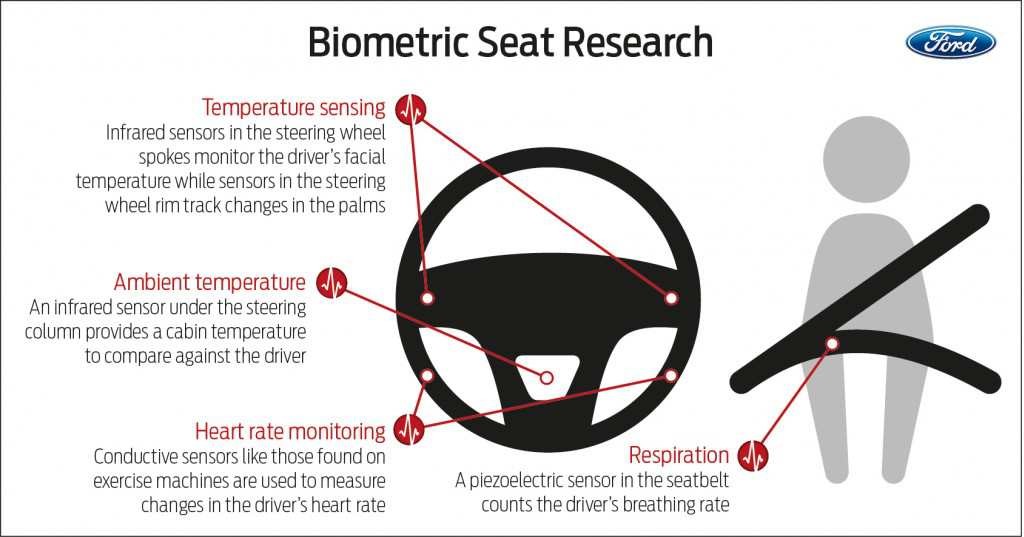Synthesis:
The process of developing scenario-based lessons and interactive storytelling modalities requires feedback mechanisms both from the participants and co-developers. For this blog, Ford Motors becomes our unlikely teacher on the importance of feedback in our work as eLearning professionals. __________________________________________________________________________

Image Source: http://www.motorauthority.com
The Planar Blog shares this interesting insight on gamification technology:
“This past summer I got a new car, my first hybrid. It has a screen on which you can monitor the source of energy in the car as the engine and battery join forces to power the car. If you coast down a hill, you can see the tires recharging the battery. If you power up an incline, you can see the engine kicking into gear. If you are idling, you can see that no power is required. The screen is mesmerizing, giving the driver (and the back-seat drivers) insight into how the car is working at any given moment. This real-time feedback has changed my driving habits. Anytime I can coast or take my foot off the gas, I feel as if I am getting ‘extra points’. When I have to accelerate quickly, I do feel a bit bad. The visual display is driving behavior changes… literally in this case.”
Ford is taking gamification technology several notches higher by developing a sensing technology for measuring driver biometrics. Drivers will be able to receive real-time feedback for their heart rate, body temperature, respiration metrics and ambient temperature. Ford believes that real-time awareness of biometrics can help improve driver behaviour and habits.
(You’d see your heart rate go up when you are about to curse a car that cut you…)
Gamification technology is nothing more than a real-time feedback mechanism. Installing a feedback loop in any process– including story development – is absolutely necessary.
Thomas Goetz in his article Harnessing the Power of Feedback Loops describes feedback loops:
“The basic premise is simple. Provide people with information about their actions in real time (or something close to it), then give them an opportunity to change those actions, pushing them toward better behaviors. Action, information, reaction… But the simplicity of feedback loops is deceptive. They are in fact powerful tools that can help people change bad behavior patterns, even those that seem intractable. Just as important, they can be used to encourage good habits, turning progress itself into a reward. In other words, feedback loops change human behavior. And thanks to an explosion of new technology, the opportunity to put them into action in nearly every part of our lives is quickly becoming a reality.”
As eLearning developers, we apply interactive stories in eLearning design. The use of stories as an interactive method is a parallel example of the feedback loop system. Traditionally, storytelling is about narratives, or merely a retelling of a story. In eLearning design, our emphasis is interactive stories, an approach where we give eLearners the chance to be part of the story.
This interactive method enables the learners to respond to questions and to react as if they are in real-life scenarios. The learners respond consciously or unconsciously. The interactive scenario puts them in a receptive disposition for immediate reflection and insight mode. By providing this interactive environment, we help the learners change their stories.
The use of the visuals, texts and audio as stimulating agents facilitates the process. The single biggest challenge in adopting the feedback loop – like what is illustrated in the Ford story – is the myth that learners in games and feedback loop will memorize facts better.
Unfortunately this is under-utilizing gamification. It is better that we use gamification with an underlying theme of a real-life event and story in order to further strengthen the interactive experience of the learner. This is the value of applying the gamification method in storytelling: it reinforces the interactive experience of the eLearners with real life events.
Related Blog
eLearning Design WITHOUT a Subject Matter Expert (SME)
Works Cited
Goetz, T. Harnessing the Power of Feedback Loops,July 2011
Planar Blog
Gamification: What Driving A Hybrid Taught Me About Measuring Performance
Ray Jimenez, PhD
Vignettes Learning
“Helping Learners Learn Their Way”

Very nice article on gamification and I totally agree with you